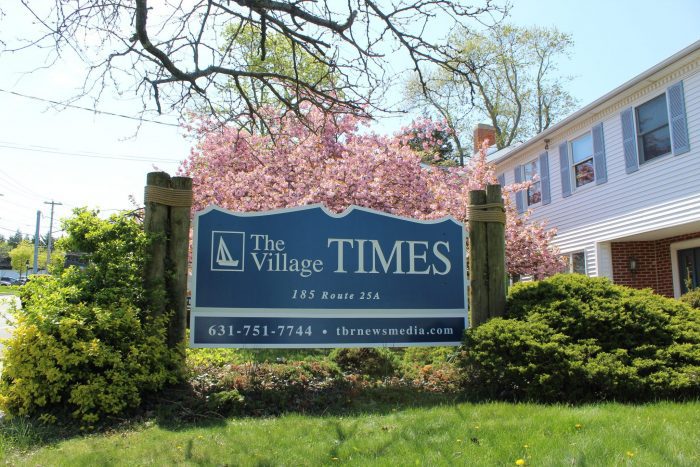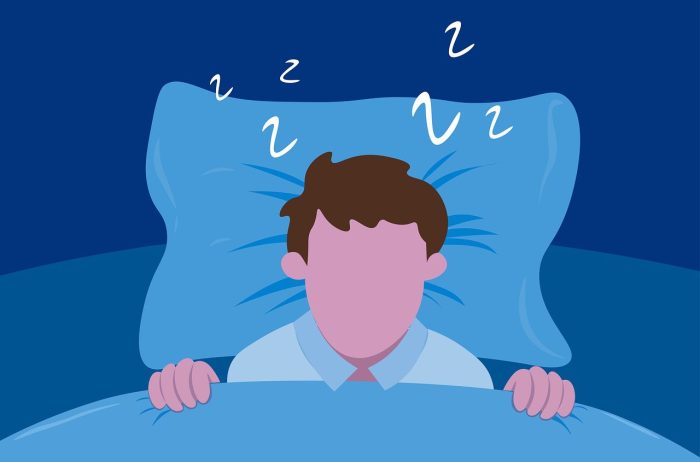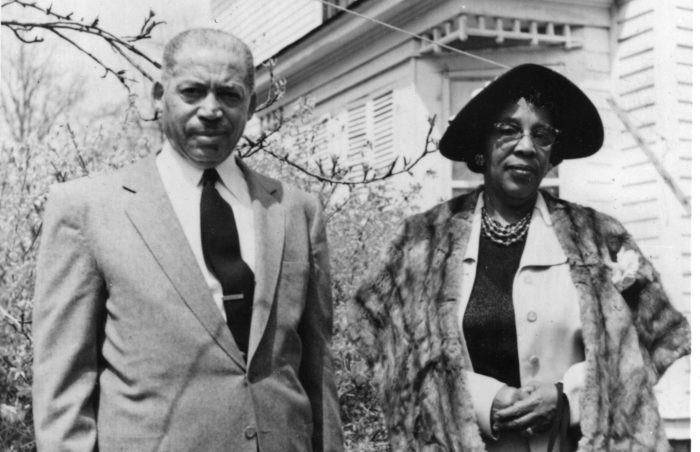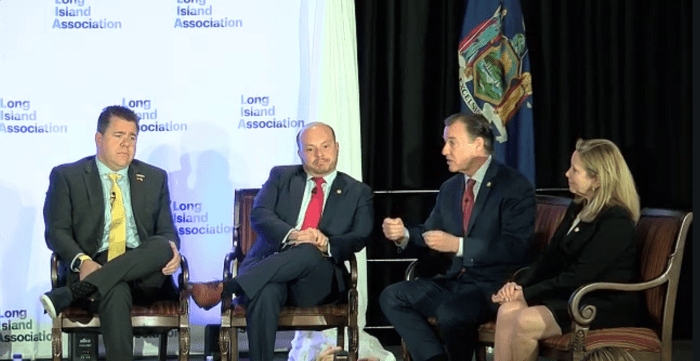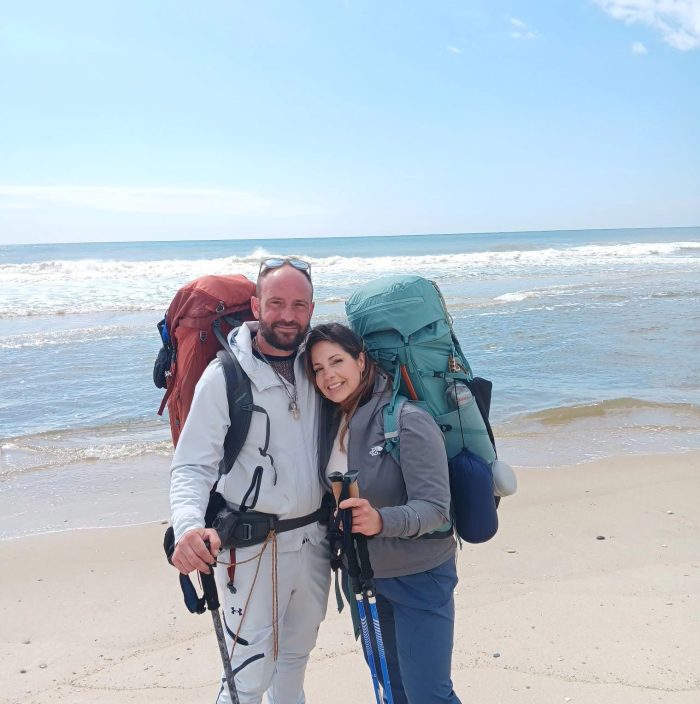We need the Packaging Reduction and Recycling Infrastructure Act
Toxic microplastics have invaded the Long Island Sound, harming wildlife and making their way into human bodies, too. Unfortunately, you can bet on this problem to get worse, because plastic production is projected to double nationwide in the next 20 years.
Plastic is polluting our lakes and oceans, filling our landfills, spewing toxins from garbage-burning incinerators and making us sick. On top of all that, it costs taxpayers millions to deal with all the waste that plastic pollution creates. We need to control this monster. Thankfully, New York is on its way to doing just that.
Long Island’s state legislators can do their part by helping pass the Packaging Reduction and Recycling Infrastructure Act: a bill that’s already backed by two thirds of New York voters. It will reduce plastic packaging by 30% over the next 12 years, require at least 75% of remaining packaging to be reused or recycled by 2052, outlaw 17 harmful chemicals and materials used in plastic packaging and require large companies to pay fees on packaging, thus reducing local taxpayers’ burden.
Plastic pollution is out of control, but we can live with safer packaging. Our health depends on it.
Judith Enck
President of Beyond Plastics and former EPA Regional Administrator
The reality of renewable energy on Long Island
In his letter [Feb. 27] about the transition from our present fossil-fuel- based electrical economy to one based on renewable energy, George Altemose calculates what he believes the necessary area that must be covered by solar panels in order to supply Long Island’s energy, including charging large batteries to carry us through several overcast days of low solar generation.
If the number of square miles of solar panels Altemose calculates appear daunting, it’s because he overlooks several important factors in our plan to end our use of fossil fuels on Long Island — the same fossil fuels that are producing the climate change that is now so obviously here.
First, it is planned that the largest source (49%) of our renewable energy needs will come from offshore wind turbines that will generate energy even after the sun goes down and solar panels stop producing; solar generation will be much less than that.
Second, the Long Island Solar Roadmap, released just before the COVID-19 outbreak after several years of research by the Nature Conservancy and the Defenders of Wildlife, indicates that 5,000 MW of solar generation — a number equal to Altemose’s worst-case scenario — could be installed on just one quarter of Long Island’s “low-impact” sites consisting of large flat roofs, carports, industrial land, brownfields, etc., without impacting any residential or wooded areas. But Long Island won’t need such a massive installation because we’ll have plenty of wind energy.
Finally, while we are a physical island, we are not an electrical island. The LIPA grid is currently connected to the mainland by five high voltage underwater cables that are used to import energy from New Jersey, Connecticut and Westchester when that is needed here. In addition, the Propel New York project will add two new cables linking us to the Bronx and Westchester. These would normally be used to export offshore wind energy that is landed here to locations in the New York City metro area and upstate, but they could equally be used to import energy from mainland sources if that were needed here.
All these carefully researched plans assume a rapid increase in the number of electric vehicles (these will be charged mostly at night, when electrical demand is lower than in the day), and the replacement of air conditioners and furnaces with efficient heat pumps that will reduce summer peak loads while increasing the lower demand we now have in the winter.
A massive transition to renewables is happening here and in the rest of the world; many major countries are well ahead of the United States because the United States is held back by those who would deny climate change in order to advance their own financial or political interests.
Peter Gollon
Former LIPA trustee, Energy chair, Long Island Sierra Club Huntington
The EPA should be protected
A letter by Jim Soviero appeared in this newspaper on April 3 [EPA and media need accountability] filled with innuendos and deceptive claims about the Environmental Protection Agency. He calls for “accountability” for money already legally disbursed by the EPA as per the Biden legislation passed by Congress and signed into law, to fund beneficial projects to improve energy efficiency and reduce pollution.
He’s echoing Lee Zeldin, our former Long Island congressman and now head of the Donald )Trump (R) EPA. While in Congress Zeldin had a long record of opposing measures to safeguard air and water quality, instead serving the interests of the oil and gas industry, in spite of the fact that Long Island has no oil and gas industry. If Zeldin really wanted “accountability,” why didn’t he protest when Trump fired the EPA Inspector General, whose one and only job is to hold the EPA accountable for its expenditures? This IG, Sean O’Donnell, was appointed by none other than Trump himself back in 2020. Could it be that Zeldin really wants not “accountability” but a more pliable IG to rubber-stamp the Zeldin-Trump agenda of climate denialism and environmental havoc?
Zeldin describes the mission of the EPA as “lower[ing] the cost of buying a car, heating a home, and running a business.” No – the EPA is not the Commerce Department. The EPA’s mission, embedded in its name, is to protect the environment. I remember when the Cuyahoga River in Ohio was so polluted with oil slicks it caught on fire – many times. When Los Angeles was covered by a thick poisonous smog on a daily basis. All before the EPA. The EPA’s mission is to protect us from sickness and premature death from damaged lungs, heart disease, asthma and other consequences of the unchecked release of toxins into our air and water. And it’s also about energy efficiency and reducing greenhouse gas emissions that threaten us, our children and grandchildren.
In spite of the letter writer’s innuendos, the rightful recipients of the funding Zeldin is trying to snatch back are reputable and longstanding organizations run by qualified professionals with years of experience in engineering, finance and energy efficiency. The funds are being used for such things as increasing the affordability of modern, efficient heat pumps to replace inefficient gas or oil heating. And the organization Power Forward Communities, so sneered at by the letter writer, is a coalition of some of the most trusted nonprofits in the nation, including Habitat for Humanity International and United Way Worldwide.
David Friedman
St. James
Support our libraries
Please support our libraries in your publication! Interviews with librarians and patrons, and analyses of how our libraries support our communities. There are books, yes, but there is so much more. Our libraries are threatened, and we need to save them. They build community, support learning and critical thinking, offer classes and access to, e.g., internet to those who need it. And best of all, they’re a place you can go to get a lot without paying for anything.
Bente Videbaek
Port Jefferson

